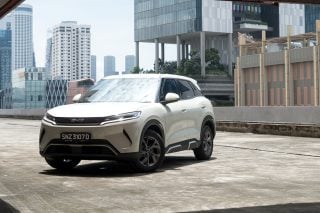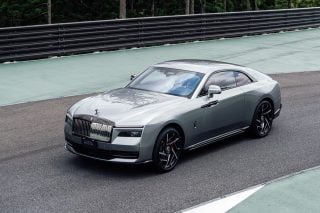 This season will see wider bodywork, wider front and rear wings, and fatter tyres. As a result of this, there will be a significant increase in downforce and mechanical grip, with the 2017 F1 cars really able to attack the corners, significantly faster than they have done in recent years. That, in turn, means braking distances will be reduced and g-loading will increase.
This season will see wider bodywork, wider front and rear wings, and fatter tyres. As a result of this, there will be a significant increase in downforce and mechanical grip, with the 2017 F1 cars really able to attack the corners, significantly faster than they have done in recent years. That, in turn, means braking distances will be reduced and g-loading will increase.
Drivers will be pushed to their limits physically, which is why a key focus for them over the winter has been on training hard in preparation, concentrating on upper body strength. With the increased downforce comes an increase in drag, and in some cases a reduction in the higher top speeds we have seen in recent years. That doesn’t mean lap times will increase though – quite the opposite.
Lap times are predicted to fall this year and lap records are expected to be broken. To set blistering lap times, teams will need some heavy-duty rubber to stick to the track.
Pirelli has certainly delivered that with the significantly wider front and rear tyres. The front tyres are 60mm wider, but the rear tyres have increased by a staggering 80mm. This also poses a new challenge for the pit crew, with heavier tyres and modified wheel guns needed. Practice is underway as the Williams team prepares to fight to keep its position as the fastest pit crew in Formula One.
Although cosmetically the 2017 cars look very different from their 2016 predecessors, the core of the car, the power unit and the areas situated around the power unit, have not changed a great deal.












